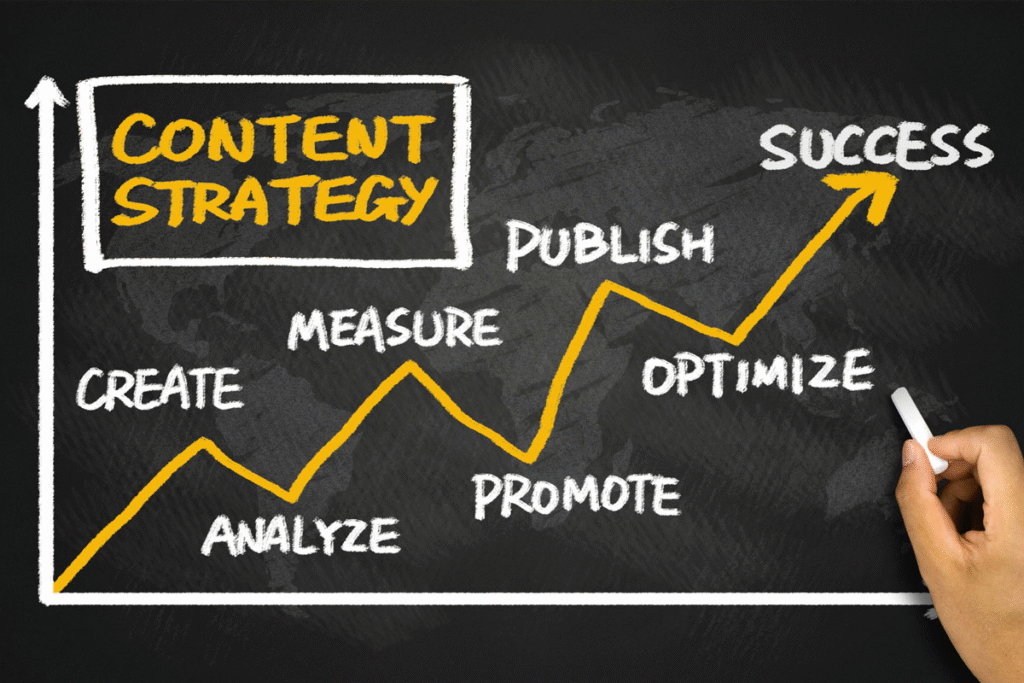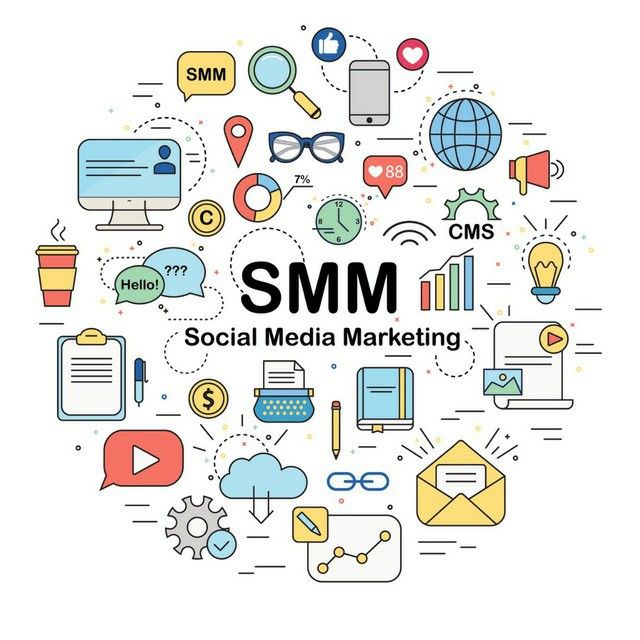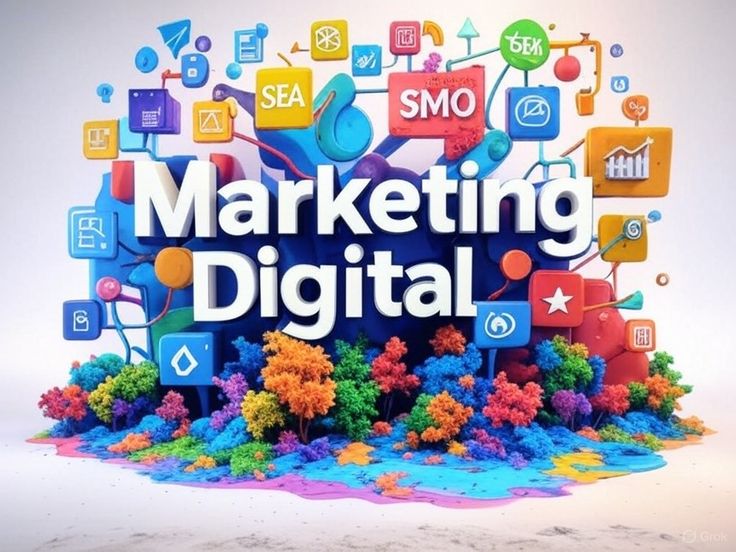Social Media Marketing: Strategies to Boost Your Brand’s Online Presence
Social media marketing has become a key tool for businesses looking to reach their audience. Today, almost everyone spends hours scrolling through platforms like Facebook, Instagram, and TikTok. This shift means brands need smart strategies to stand out. When done right, social media marketing can grow brand awareness, boost customer engagement, and bring in sales.

Understanding the Foundations of Social Media Marketing
What Is Social Media Marketing?
Social media marketing is promoting your brand on platforms like Instagram and Twitter. It involves sharing content that attracts your audience. Unlike traditional ads, social media marketing relies on interaction. It’s about building relationships and creating a voice that customers trust.
The Impact of Social Media on Business Success
Many brands see big results from social media. For example, businesses that post regularly and engage with followers often see higher sales and loyal customers. Data shows social media ads can reach thousands easily. When bv ‘p;
Used well, platforms like LinkedIn or TikTok turn followers into buyers.

Key Platforms and Their Unique Strengths
Different social media sites attract different audiences and support various content types:
- Facebook: Great for building communities and sharing updates
- Instagram: Perfect for visual stories and product highlights
- Twitter: Best for quick updates and customer service
- LinkedIn: Focuses on professional networking
- TikTok: Ideal for fun, short videos targeting younger users
- Pinterest: Focuses on inspiration and shopping ideas
Knowing which platform your audience uses is key to success.
Developing an Effective Social Media Strategy
Setting Clear Goals and KPIs
Before jumping in, decide what you want to achieve. Is it more brand awareness? New leads? More sales? Use tools like Google Analytics or platform insights to track progress. Set specific numbers—like increasing followers by 20%—to measure success.
Identifying Your Target Audience
Understand who your customers are. Segment them by age, interests, or location. Build detailed profiles or buyer personas that help you craft content they love. The clearer your audience, the easier your message will hit home.

Crafting a Consistent Brand Voice and Content Theme
Keep your tone and visuals uniform across all platforms. Whether it’s playful, professional, or inspiring, consistency makes your brand recognizable. Use similar colors, slogans, and styles to strengthen your identity.
Content Creation and Curation for Maximum Engagement
Types of Content That Drive Engagement
Content should entertain, inform, or inspire. High performers include:
- Videos showcasing products or behind-the-scenes moments
- Infographics that organize data visually
- Stories that disappear after 24 hours but boost engagement
- User-generated content that shows happy customers
Tap into trending hashtags and topics to join conversations your audience cares about.

Content Planning and Scheduling
Use content calendars to stay organized. Plan your posts ahead of time for consistency. Posting at the right times, based on when your audience is active, increases chances of interaction. For example, dinnertime or weekends often see higher engagement.
Utilizing Content Curation and User-Generated Content
Sharing relevant content from followers or partners fosters community. Tools like Canva or Buffer can help find good content to share. Encourage customers to post about your brand and tag you—this acts as free advertising.
Leveraging Paid Advertising and Influencer Collaborations
The Role of Paid Social Campaigns
Paid ads make scaling easier. You can target specific groups, like age or interests, with precision. Retargeting shows ads to users who visited your site before. Ads are affordable—small businesses can get started with just a few dollars a day.
Effective Influencer Marketing Strategies
Find influencers who match your brand. They should have an engaged audience that mirrors your customers. Collaborate for authentic reviews or sponsored posts. Micro-influencers, with smaller but loyal followings, often deliver better results.

Measuring ROI of Paid Campaigns
Track key metrics such as click-through rates, conversions, and cost per acquisition. Analyzing these helps you see which ads work best. For example, a case study might show that certain images or audiences generate more sales.
Monitoring, Analyzing, and Optimizing Performance
Using Analytics Tools
Platforms like Facebook Insights, Instagram Analytics, or third-party tools like Hootsuite give detailed reports. Monitor engagement, reach, and conversions regularly. Seeing what’s working allows you to refine your approach.
Listening to Audience Feedback
Pay attention to comments, reviews, and messages. Responding quickly builds trust. If followers suggest improvements or ask questions, use their input to adapt your content plan.

Continuous Improvement Through A/B Testing
Try different content formats, captions, or ad styles. Test one element at a time to see what resonates. Small tweaks, like changing a headline or image, can boost performance significantly.
Future Trends and Innovations in Social Media Marketing
New platforms and tech are shaping future strategies. Augmented reality (AR) and virtual reality (VR) offer immersive experiences. AI tools help create personalized content faster. Social shopping is making it easier for users to buy directly from social posts—the rise of shoppable posts is shaping e-commerce. Authentic stories and brands that stand for something tend to build stronger bonds with customers.
Conclusion
Social media marketing yields real results when strategic planning meets consistent effort. Focus on setting clear goals, understanding your audience, and creating engaging content. Keep analyzing data and adjust tactics as algorithms change. When you stay flexible and respond to trends, your brand can grow faster than you imagined. Use social media as a tool to connect, inspire, and turn followers into loyal customers.
FAQ (Frequently Asked Questions)
What is social media marketing?
Social media marketing (SMM) is the use of platforms like Facebook, Instagram, LinkedIn, TikTok, and X (Twitter) to promote a brand, engage with an audience, and drive traffic, leads, or sales. It includes content creation, community management, advertising, and analytics.
Which platforms should my business be on?
It depends on your audience and goals.
- Instagram & TikTok—Best for visuals, products, Gen Z & millennials
- Facebook—broad reach, great for ads, community groups
- LinkedIn—Ideal for B2B and professional services
- X (Twitter)—Real-time updates, news, thought leadership
- Pinterest—Great for lifestyle, e-commerce, and blog traffic
. How often should I post on social media?
Consistency matters more than frequency, but a general rule is
- Instagram: 3–5x/week + Stories daily
- LinkedIn: 2–3x/week
- Facebook: 3–4x/week
- TikTok: 4–7x/week
- Twitter: Daily (especially for active industries)







